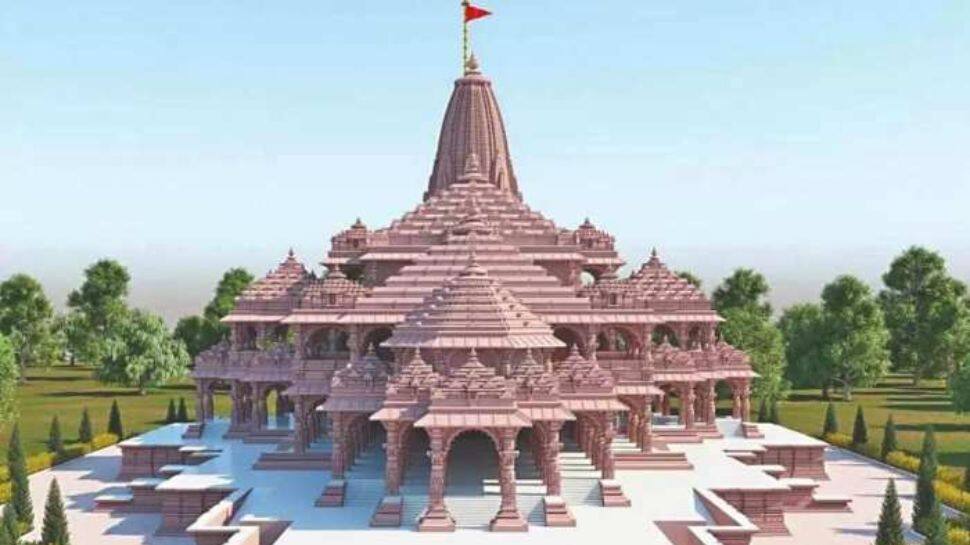Ayodhya, a city steeped in history and cultural significance, holds a unique place in the tapestry of Indian heritage. Located in the northern state of Uttar Pradesh, Ayodhya is renowned for its historical, religious, and archaeological importance.
Ayodhya is preparing for the momentous consecration ceremony of Ram Lalla at the Temple scheduled for January 22. The event is expected to draw thousands of guests, including numerous VIPs and Prime Minister Narendra Modi.
Also read: Planning To Visit Ayodhya Ram Mandir? 5 Historical Temples To Visit Nearby
Ayodhya History And Significance:
Historically, Ayodhya is believed to be the birthplace of Lord Rama, a revered figure in Hinduism and the central character of the epic Ramayana. The city's association with the ancient Indian scriptures adds a layer of sacredness, drawing millions of pilgrims and tourists each year.
Ayodhya's history and significance are deeply intertwined with religious beliefs, historical events, and archaeological findings. As the city embarks on a new chapter with the construction of the Ram Mandir, it continues to be a symbol of India's rich cultural heritage and its ability to overcome challenges through dialogue and legal resolution.
Ayodhya's history and significance are deeply intertwined with religious beliefs, historical events, and archaeological findings. As the city embarks on a new chapter with the construction of the Ram Mandir, it continues to be a symbol of India's rich cultural heritage and its ability to overcome challenges through dialogue and legal resolution.
Lesser-Known Facts About Ayodhya
The upcoming inauguration of the Ram Mandir marks a historic moment as it is poised to become India's largest temple, standing approximately 161 ft tall and sprawling over 28,000 sq ft.
The temple's architectural plans, conceived by Ashish Sompura 30 years ago, are a testament to the renowned Sompura family, known for designing over 100 temples globally, including the revered Somnath Temple.
Constructed entirely of stones without the use of iron or steel, the sacred foundation incorporates soil from 2587 regions, including Jhansi, Bithoori, Haldighati, Yamunotri, Chittorgarh, Golden Temple, and others.
The bricks used in construction bear the sacred inscription 'Shri Ram,' reminiscent of an ancient tradition during the building of Ram Setu.
In a gesture of international spiritual unity, soil from Thailand has been sent for the consecration ceremony on January 22, 2024.
The temple, spread across three floors and covering 2.7 acres, showcases Lord Ram's life on the ground floor, while the first floor immerses visitors in the grandeur of Lord Ram’s Darbaar, crafted with Bansi Paharpur pink sandstone.
Measuring 360 ft in length, 235 ft in width, and reaching a height of 161 ft, the temple with its three floors, 12 gates, and August 5th consecration ceremony utilizing holy water from 150 rivers, stands as a majestic testament to architectural grandeur.
















